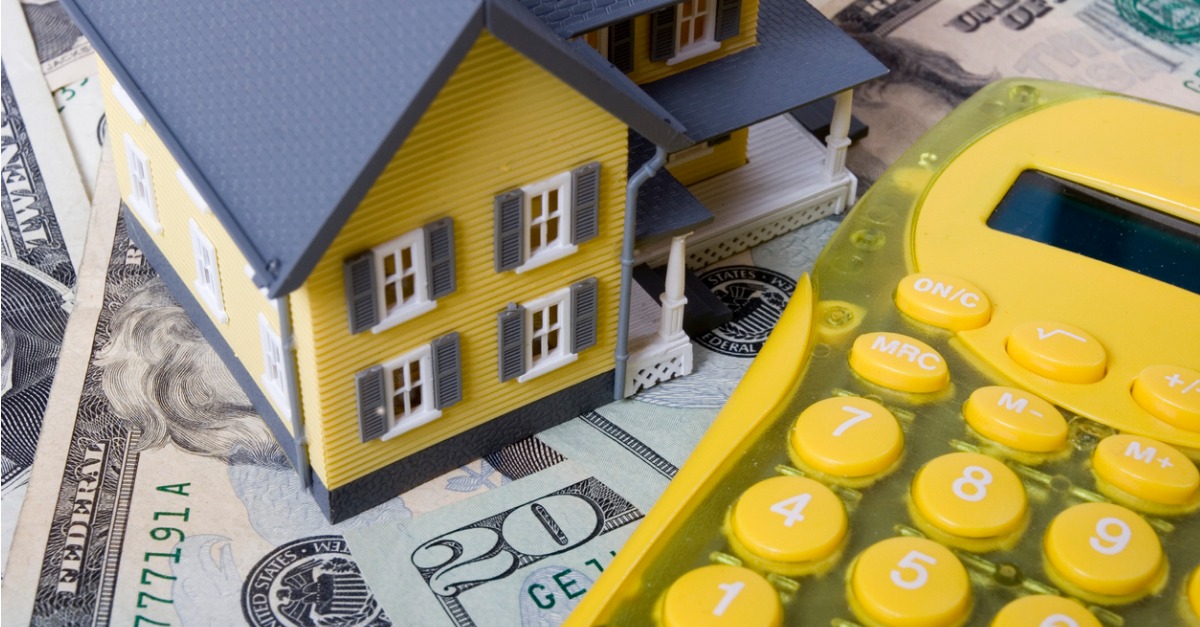
How Much Should You Put Down on a House?
Saving up for a down payment is perhaps the biggest hurdle to buying a home for many Americans, but how much money do you really need to put down in order to secure a deal?
By definition, a down payment is the amount of money a buyer spends up front to purchase a house. A buyer typically takes out a mortgage to pay the rest of the sale price before closing, and the size of a down payment can have a significant impact on which type of loan a lender is willing to offer.
A down payment is calculated as a percentage of a home’s total purchase price. For example, if you’re buying a $300,000 house, $15,000 would be a 5 percent down payment, whereas $60,000 would be 20 percent.
Conventional wisdom says homebuyers need to put down at least 20 percent to qualify for a mortgage, but putting that much down is no longer the norm. While 20 percent is a great goal with several benefits, many prospective buyers can’t afford to pay such a large lump sum. If you’re in the market for a home, consider the following to determine how much you should put down:
The Upsides of 20 Percent
Maybe you’ve saved up a lot over the years to buy your first home, or maybe you’re a homeowner who can dedicate a major chunk of proceeds from a home sale toward your new down payment. Either way, you’re in a great position.
Although you don’t have to put 20 percent down to get a mortgage, a lender would consider you more financially stable and less risky if you did. Therefore, a lender wouldn’t require you to pay private mortgage insurance and would likely offer you a lower interest rate—two big perks that could mean smaller monthly payments and save you thousands of dollars over your loan period.
Mortgage lenders aren’t the only ones who feel more confident in a buyer who can put down at least 20 percent. If a seller gets multiple offers on what might be your dream home, you’re more likely to stand out among the competition if you bring a larger down payment to the negotiating table.
Going Below 20
If you can’t make a 20 percent down payment, don’t worry. You’re not alone. In fact, studies suggest the majority of buyers put less than 20 percent down on a new house, with some even paying below five percent. First-timers and buyers 35 and younger usually put down the least, as they tend to have lower incomes than older buyers.
Nonetheless, you’ll seem like a riskier borrower to lenders by putting down less than 20 percent. That means a lender will likely require you to buy mortgage insurance to protect the company’s investment, and your loan’s interest rate is bound to be higher.
Although most private lenders welcome buyers who have small down payments, some government agencies also offer programs aimed at helping low- to moderate-income families buy homes. For example, a Federal Housing Administration-backed loan could accept a down payment of 3.5 percent, and the U.S. Department of Veterans Affairs offers loans with no money down. However, because such federal programs have strict eligibility requirements and may be subject to policy changes, consult a professional for further details.
Do What’s Best
The words “down payment” needn’t scare you away from buying a home. When deciding how much to put down, consider your financial situation, loan options and goals. Like choosing a home you love, it’s important to choose a down payment that’s right for you.
This article is intended for informational purposes only and should not be construed as professional or legal advice.

